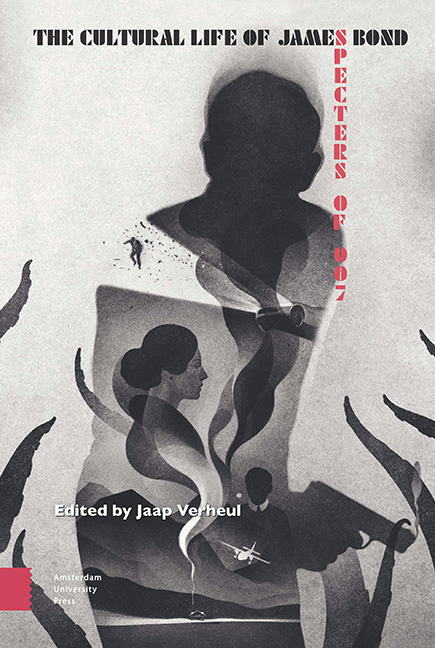Book contents
11 - James Bond and Art Cinema
Published online by Cambridge University Press: 20 November 2020
Summary
Abstract
The James Bond films are an enduring example of “escapist” popular cinema seemingly at odds with the filmmaking traditions of European modernism. However, this chapter offers the 007 film series as a candidate for Britain's contribution to the European Art Cinema tradition. From Maurice Binder's opening credits for Dr. No (1962), reminiscent of experimental filmmaker Len Lye, to the discontinuous editing patterns and jump cuts of On Her Majesty's Secret Service (1969), 1960s Bond cinema formally registers the violation of the classical norms and stylistic traits upon which art cinema was predicated. This chapter accordingly identifies how the stylistic transformation of the early Bond films can be woven into the art cinema traditions and political modernism of post-war European filmmaking.
Keywords: art cinema; European; style; modernism; British; James Bond
I’d just seen a very pretentious picture called L’année derniere a Marienbad, where everybody was wandering down moonlight paths with sculptures and Christ knows what, so we put Sean in there.
– Terence Young, director of From Russia with Love (1963)Part-Hitchcock and part-Hollywood in their “double” identities, the James Bond films express a shared occupancy within both the British imperial spy thriller and American blockbuster filmmaking traditions. However, the 007 film series also counts among its multitude of push-pull relationships the adventure serial, film noir, the British New Wave, the B-movie, Italian comic books and pulp fiction, and 1960s Eurospy cinema; a mixed pedigree that, when taken together, reveals the myriad of influences and afterlives that underscore the most commercially-successful film series in post-war British cinema. Taking into consideration the multiple genealogies of Eon's official Bond films, this chapter introduces modernist—and particularly European—art cinema traditions as often overlooked points of intersection with 007's big-screen adventures. Brian Hoyle (2009, 407) is not alone in asserting that “British cinema did not have an indigenous equivalent to the modernist European art cinema of countries such as France, Italy and Germany in the 1960s and 1970s.” However, despite the Bond series’ status as an enduring example of “escapist” popular cinema seemingly at odds with the realisms, looser narratives and languid stylings of European modernism, this chapter offers the 007 films as a potential candidate for the presence of a British art cinema tradition.
- Type
- Chapter
- Information
- The Cultural Life of James BondSpecters of 007, pp. 229 - 248Publisher: Amsterdam University PressPrint publication year: 2020



